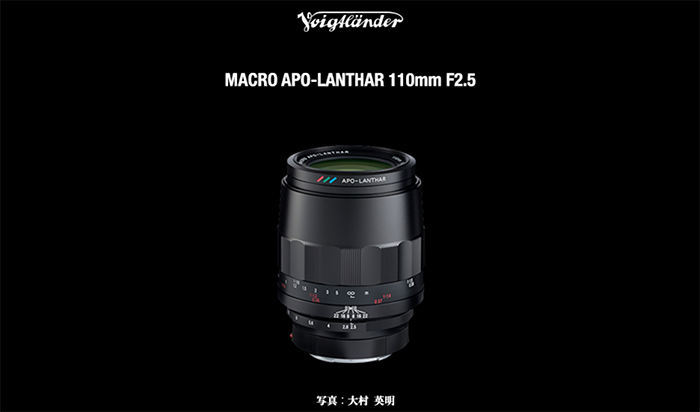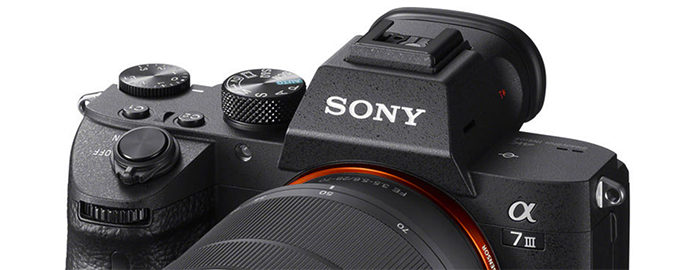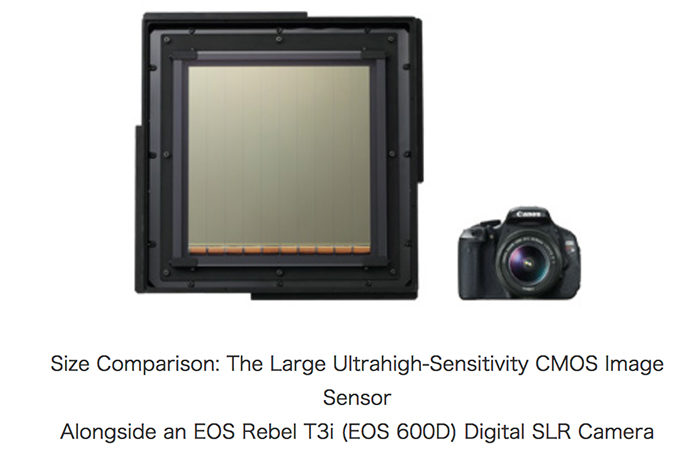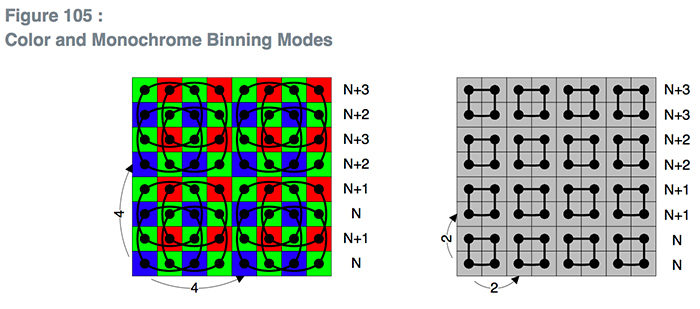DJI Mavic Pro II to be announced on July 18

DJI posted this teaser image for a major announcement on July 18. It’s highly likely they will announce the new Mavic Pro II at this event. There is no solid info about the specs but it seems likely the camera will feature the new Sony 1/1.7? STARVIS sensor. Here are the rumored camera specs:
12 MP Sony IMX226 CMOS 1/1.7? STARVIS sensor (current Mavic Pro has 1/2.3” CMOS sensor) with 28mm (now 24mm) lens
4K video at 60FPS
H.265 video format
Faster bitrate (100 mbps)
Better low light performance
Sharper lens with less distortion
Better dynamic range
Less Noise
8.8mm lens which provides a 24mm field of view
Variable aperture of f/2.8-11
No mechanical shutter
Newly designed 3-axis gimbal
Price will be at least $1299 USD, maybe more. They will also offer “The FlyMore combo” which will obviously be more expensive
The Mavic II (2) will be substantially larger
Its official name is “Mavic II”
The battery design itself will be completely different and not compatible with older Mavics
4820 mAh battery capacity and 15.2 V power (larger and more powerful than the current MavicPro)
Larger motors will bring upgraded propulsion
Longer flight time—rumored at 32 minutes—Mavic Pro is 27 minutes and Platinum will be 30 minutes.
“Quiet” propellers
Improved agility and precision
Top speed is 45 mph (72 kph) in sport mode
New and improved remote control similar to old Mavic Pro but better
Will use OcuSync
Video transmission frequency is still a mystery
The Mavic Pro II (2) will be controlled with the DJI GO 4 app as well
Obstacle avoidance in all directions, 6 total including on top of the drone
Infrared 3D sensing to avoid obstacles even in the dark
Improved vision processing system, faster than Mavic Air
Binocular rear vision obstacle avoidance sensors
via MyfirstDrone





